WildEarth is proud to invite Gary Bunnell from Shiocton, Wisconsin, USA to the WEfamily along with his 3 underwater cameras in the Wolf River. Gary owns and runs the www.wolfrivercam.com website and WE have kind of been calling his cams the WRC cams.
The Wolf River originates from Pine Lake in Hiles, WI where it measures only a few feet deep and about 30 feet from shore to shore and is populated mostly by trout. From there, the river winds south through many different classes of rapids, where the fiercest of whitewater lies within the Menominee Indian Reservation. As the Wolf continues to press further down through Wisconsin, the river widens and feeds into the Shawano, WI dam, where each spring the Sturgeon, Walleyes, and other species, tend to bottle up in huge numbers at the foot of the dam. From Shawano, the river carves its way through some very remote areas and feeds numerous bayous and marshes. Approaching Shiocton, the river tends to get very deep in certain locations. These deep waters are partly due to dredging that had occurred years ago, to provide a means of transportation for loggers to float their timber to the lumberyards. These lumberyards still exist in some area of the Wolf River, but have become smaller in numbers. Continuing on, the river flows through New London, where it widens even further. Below New London the Wolf River flows in and out of Partridge Crop Lake in Fremont Wisconsin, and encounters Lakes Poygan and Winneconne, just before emptying into Lake Butte des Morts. In Butte des Morts, the Wolf combines with the Fox River and they both connect finally to Lake Winnebago. Fishing is not only plentiful below the Shawano dam, it also can be a way of life for some. A gigantic amount of leaves and silt is from the miles and miles of river.
In April these cameras saw an impressive spawning of Walleye’s and although they will be a little quieter for a while you may still see:
The Wolf River originates from Pine Lake in Hiles, WI where it measures only a few feet deep and about 30 feet from shore to shore and is populated mostly by trout. From there, the river winds south through many different classes of rapids, where the fiercest of whitewater lies within the Menominee Indian Reservation. As the Wolf continues to press further down through Wisconsin, the river widens and feeds into the Shawano, WI dam, where each spring the Sturgeon, Walleyes, and other species, tend to bottle up in huge numbers at the foot of the dam. From Shawano, the river carves its way through some very remote areas and feeds numerous bayous and marshes. Approaching Shiocton, the river tends to get very deep in certain locations. These deep waters are partly due to dredging that had occurred years ago, to provide a means of transportation for loggers to float their timber to the lumberyards. These lumberyards still exist in some area of the Wolf River, but have become smaller in numbers. Continuing on, the river flows through New London, where it widens even further. Below New London the Wolf River flows in and out of Partridge Crop Lake in Fremont Wisconsin, and encounters Lakes Poygan and Winneconne, just before emptying into Lake Butte des Morts. In Butte des Morts, the Wolf combines with the Fox River and they both connect finally to Lake Winnebago. Fishing is not only plentiful below the Shawano dam, it also can be a way of life for some. A gigantic amount of leaves and silt is from the miles and miles of river.
In April these cameras saw an impressive spawning of Walleye’s and although they will be a little quieter for a while you may still see:
-
Walleyes
-
Carp
-
Suckers
-
Bass – white, striped, large & small mouth, black and rock
-
Dogfish
-
Mudpuppies (look strikingly familiar to an amphibian, has 4 legs and a tail)
-
Sturgeon
-
Lawyers
-
Catfish
-
Bullheads
-
Northern pike
-
Perch
-
Bluegill
-
Crappies (crop ee)
-
Sunfish
-
Garfish
-
Lamprey
-
Crawfish
-
Sheephead
-
Mooneye
Wolf River Cam 1 – Shiocton, Wisconsin, USA – This camera is positioned just within the boundaries of Shiocton on the shallow side of the river, on the very bottom of the river in 6ft of water. We have nested it on a sandy contour that has been naturally formed by the waters current. The fish tend to follow these ridges and valleys like land animals would follow a tree line or mountain ridge. This camera is mounted on the end of the pole, which is fastened to a structure. Mounting it on a pole allows for ease of adjusting the camera for the best position.
Wolf River Cam 2 – Shiocton, Wisconsin, USA – This camera is a fair distance downstream from camera 1, but is located in the very middle of the river, where it is about 11ft deep. The current is stronger above the camera, than at camera level. Due to the strength of the flow, the water carries large amounts of tree leaves, marsh grass and silt. The camera is mounted to a flat weight, so to not be carried away by the current or large debris. Cleaning of the camera is done be retracting it in and then deploying again.
Wolf River Cam 3 – Fremont, Wisconsin, USA – Is located just upstream from Fremont, in very deep water. Due to the amount of silt and debris in the water, sunlight has a hard time penetrating to the camera down past the 7ft mark. So we have moved the camera up the pole, off the bottom, so it rests in 6ft of water. Visibility increases as the year progresses, because the river needs to clean itself of the foliage that has fallen in the previous Autumnal season. This camera is positioned next to a recess in the shoreline, which creates a back current or a swirling type of pattern. Fish love to feed in these areas, because their prey tends to be present longer as the current rotates.
Written by Gary Bunnel

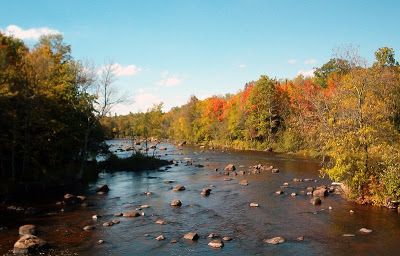

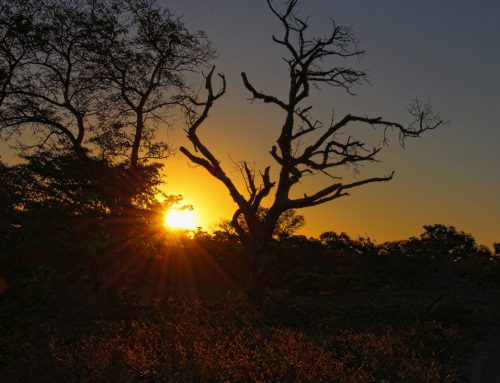
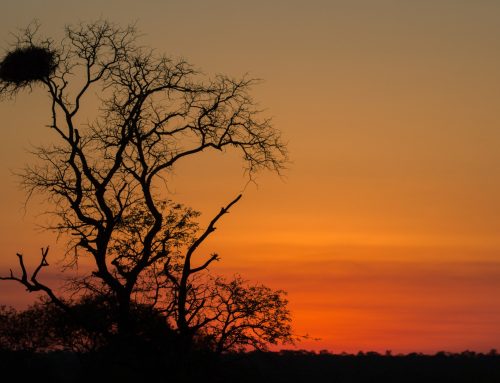
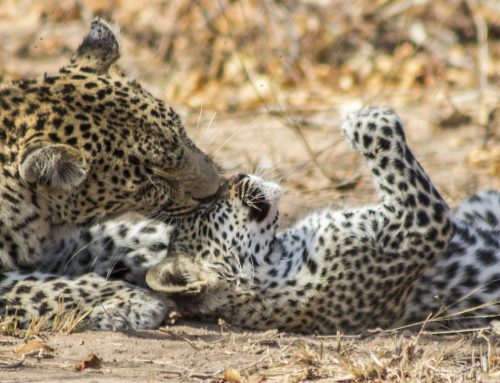
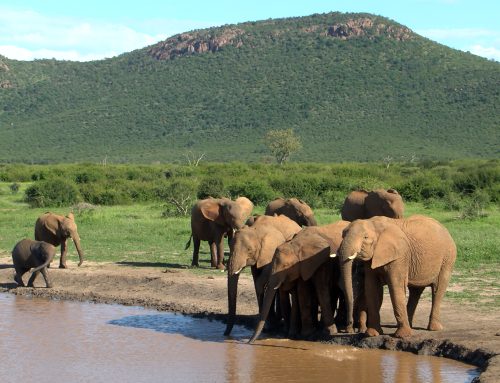
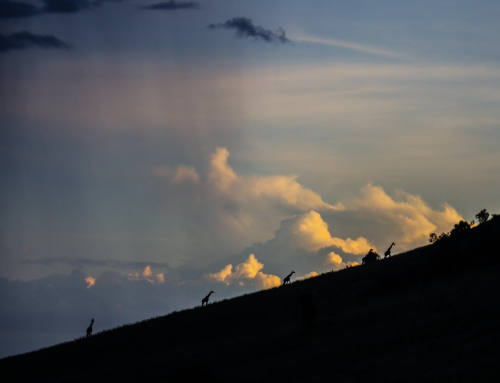
Hi,
I've been a Wolf River Rat for forty years. I know the river pretty well from Hiles to Shiocton–and I've photographed it intensively. If I can be of any help, andreashoran@gmail.com is where you can find me.
The Wolf River is a real treasure.